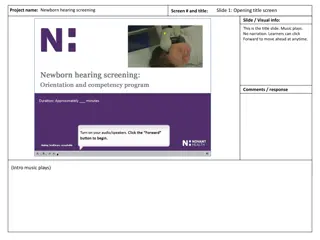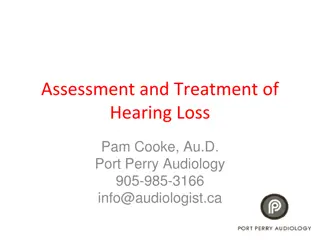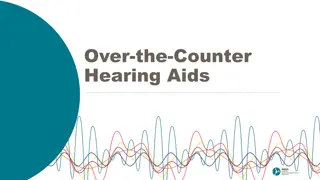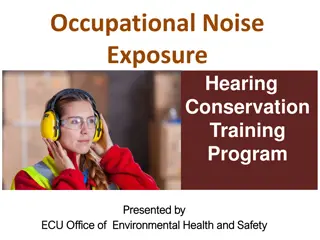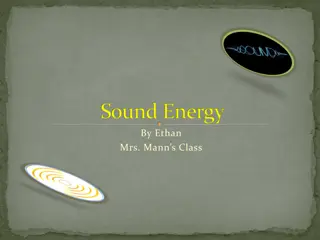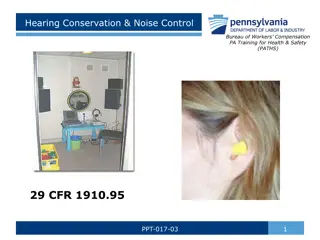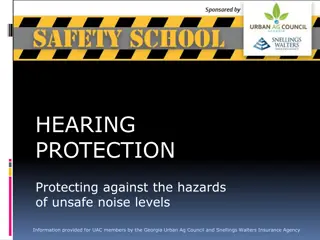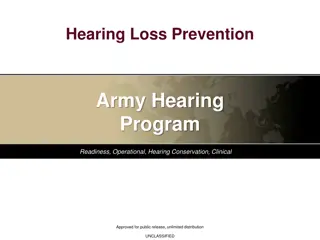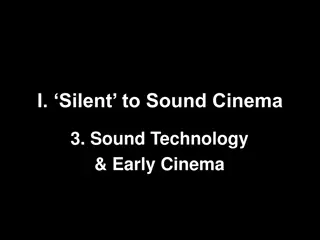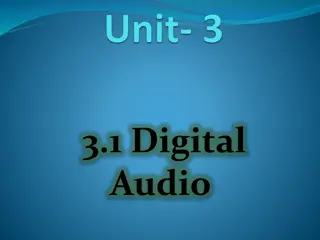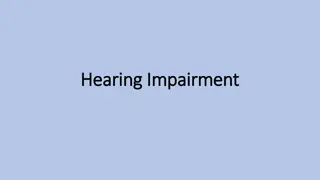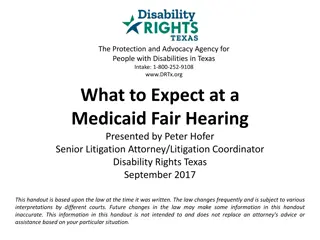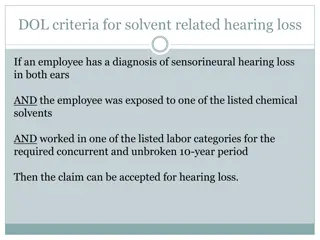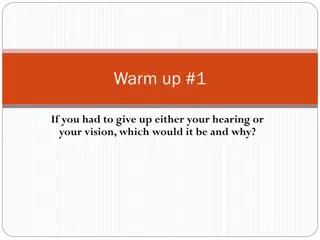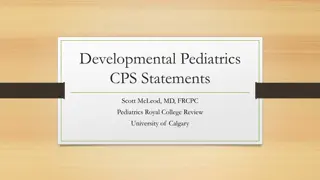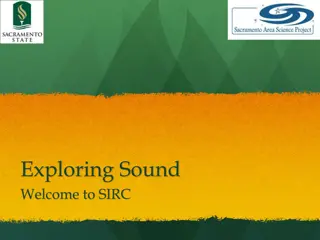From Public Hearing to Sound Decision
This content delves into the complexities of land use decision-making, focusing on the importance of final decisions after public hearings. It covers essentials such as compliance, criteria, and the applicant's perspective, providing valuable insights for those involved in the process.
Download Presentation

Please find below an Image/Link to download the presentation.
The content on the website is provided AS IS for your information and personal use only. It may not be sold, licensed, or shared on other websites without obtaining consent from the author.If you encounter any issues during the download, it is possible that the publisher has removed the file from their server.
You are allowed to download the files provided on this website for personal or commercial use, subject to the condition that they are used lawfully. All files are the property of their respective owners.
The content on the website is provided AS IS for your information and personal use only. It may not be sold, licensed, or shared on other websites without obtaining consent from the author.
E N D
Presentation Transcript
From Public Hearing to Sound Decision PUBLIC HEARINGS AND FINAL DECISIONS SPRING, 2018 JERRY MASON
Exploring Land Use Decision-Making Seeking approval of a new land subdivision presents some of most difficult decisions What is a subdivision? - history How judged?* Why does subdivision regulation matter? Other subjects of quasi-judicial decision-making Site-specific rezoning* Conditional use permit* Variance*
Starting at the Conclusion Know where you are headed Shape the process with the end in mind Avoid aimless wandering Focus on two important components: Final decision after public hearing Public hearings procedural compliance
Final Decision Essentials Must be based on standards and criteria in: Comprehensive plan (zoning changes) Zoning ordinance Other applicable ordinances Standards must be set forth in express terms Identify basis of compliance/non-compliance Decision must be written accompanied by reasoned statement Criteria Facts Rationale Fail appeal may invalidate decision
In the Shoes of the Applicant Applicants rights are defined by law Applicant must understand what must be proven Significant differences between experienced applicants and never done this before Process should be somewhat predictable and understandable Burden of persuasion must be appreciated
From the Staff Perspective County staff should project neutrality even if a challenge If staff knows of route to success, should disclose Focus on issues in controversy others are routine Set the stage to create defensible record Should the staff participant express an ultimate opinion about approval/denial?
Through the Eyes of the Public May be first public exposure to planning and zoning or county gov t Procedures may seem foreign and unfamiliar To create better record, must aid participants in understanding Be wary of being too friendly with frequent flyers Communicate decision criteria and explain what will be effective from the outset Take precautions in scheduling for public benefit (and for your decision-makers) no all-nighters
Clearly Expressed Decision Criteria Application form, staff reports and final decisions should focus around decision criteria contained in ordinances/statutes Differences in criteria vary based upon legal standards required Communication of decision criteria should start with first mailed notice Criteria should be prominently displayed in hearing room* A decision worksheet containing applicable criteria may be helpful for commission
Amendments to I.C. 67-6535 (2013) Standards and criteria in comp plan and land use ordinances Must be set forth in express terms Meant to inform the applicant, residents and decision-makers Identify bases for decision in written decision Failure to comply is grounds to invalidate decision
Subdivisions Standards/Criteria Street lighting Surface water management Bicycle paths Traffic signs Zoning compliance Slope stability Flood hazard avoidance Etc. Public hearing not required by state law- everybody requires hearing Meet standards of: Road design and circulation Water system capacity and design Sewer system capacity and design Pedestrian paths
What Question is Asked? When you send a notice of public hearing, do you clearly state the purpose of the hearing? To those who receive your notice, do you know what they perceive? What does the public want in a typical subdivision hearing? How do you reach your final answer?
Preliminary Work Before Public Hearing Preliminary Work Before Public Hearing When a public hearing is required* Publish notices official newspaper and website (document)* Mail notices first class USPS Solicit comments from public agencies Prepare staff report note compliance/non-compliance Make sure meeting space will accommodate Prepare hearing materials
Consistent Procedures Hearing procedures resolution required by Idaho Code 67- 6534* Must draw distinctions between legislative and quasi- judicial decisions Alert potential participants to risks of ex parte contact in notice Make rules of procedure readily available on website Adjust hearing procedures resolution as issues arise
Quasi-judicial Public Hearing - Procedures Introduction by presiding officer or designee (mayor or commission chairman) keep explaining Description of project by applicant Summary staff report ultimate opinion or not? Written comments on sign-up sheets* Testimony by supporters of application then neutrals Testimony by opponents spokesman? Rebuttal of opponents by applicant hearing closes
Developing a Written Decision Abandon/suspend Roberts Rules of Order if you have adopted them Solicit comments from commissioners before developing decision motion After hearing from all who wish, have someone shape a motion that includes the primary decision points surrounding contested issues If decision is routine, without serious contention, the motion may stand on its own including approval of worksheet If the decision is contested, seek staff and/or legal support in developing the final written decision. If developing recommendation, save the time of finalizing
Reaching a Decision Start With the End in Mind Application Forms Mailed notice more than published Display Decision Criteria in the hearing room Decision sheets for decision-makers Final decision approved by decision-makers
Appellate Procedures Before appeal, must notify possible appellants ( 67-6535) Prospective appellant must seek reconsideration 14 days Reconsideration must identify specific deficiencies in decision Final decision-maker for the county can: Stand by original decision Conduct another public hearing and stand by original decision Conduct another public hearing and change original decision Must act within 60 days or appeal can move forward
Judicial Review Judicial Review In District Court Court will review final decision and decision-making process Court will order transcription of proceedings Decision must address decision criteria and be backed by information in record Decisions are to be judged upon sound reason and practical application of recognize principles of law Remedy available only upon showing of actual harm or violation of fundamental rights In District Court
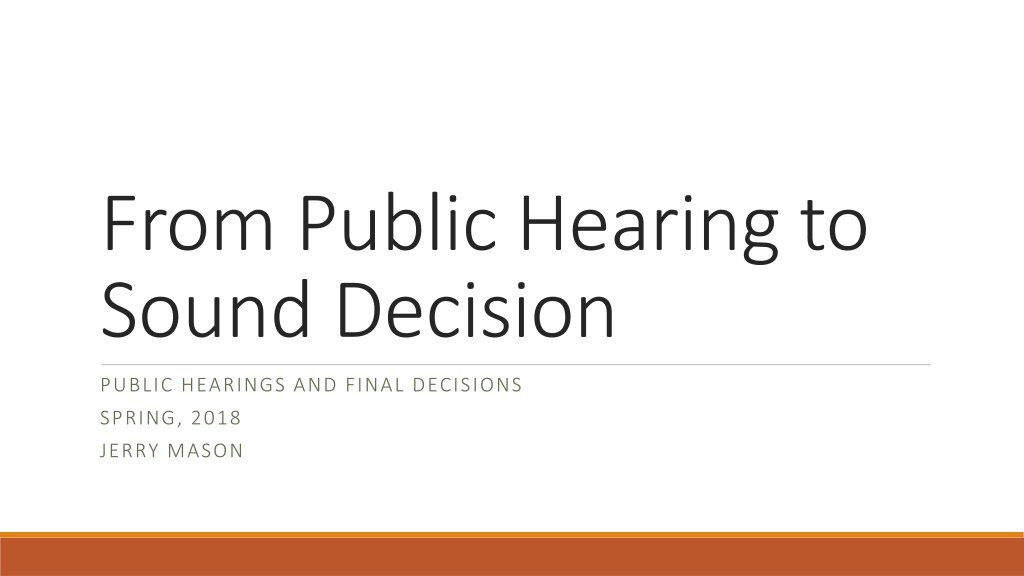
 undefined
undefined



